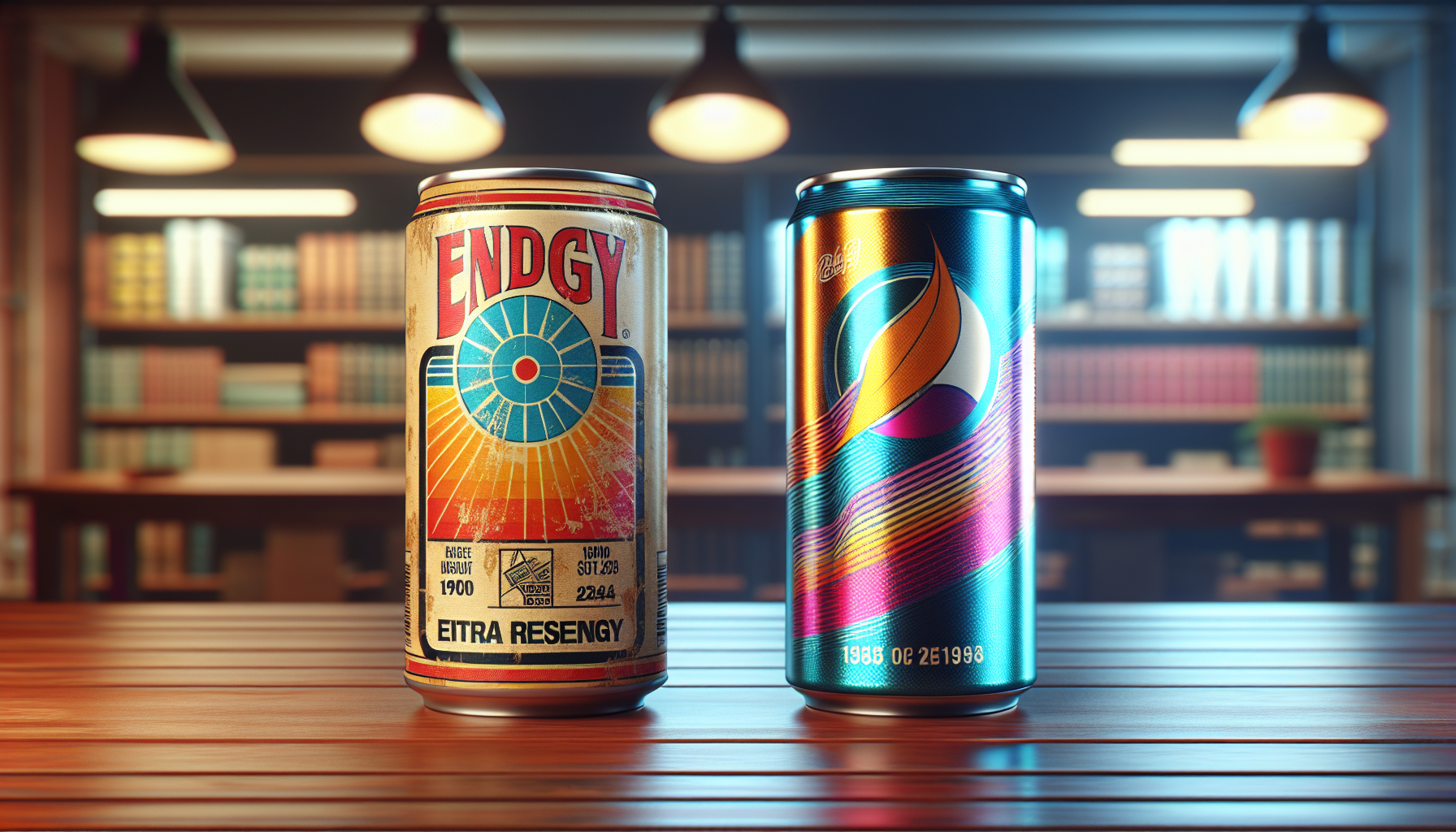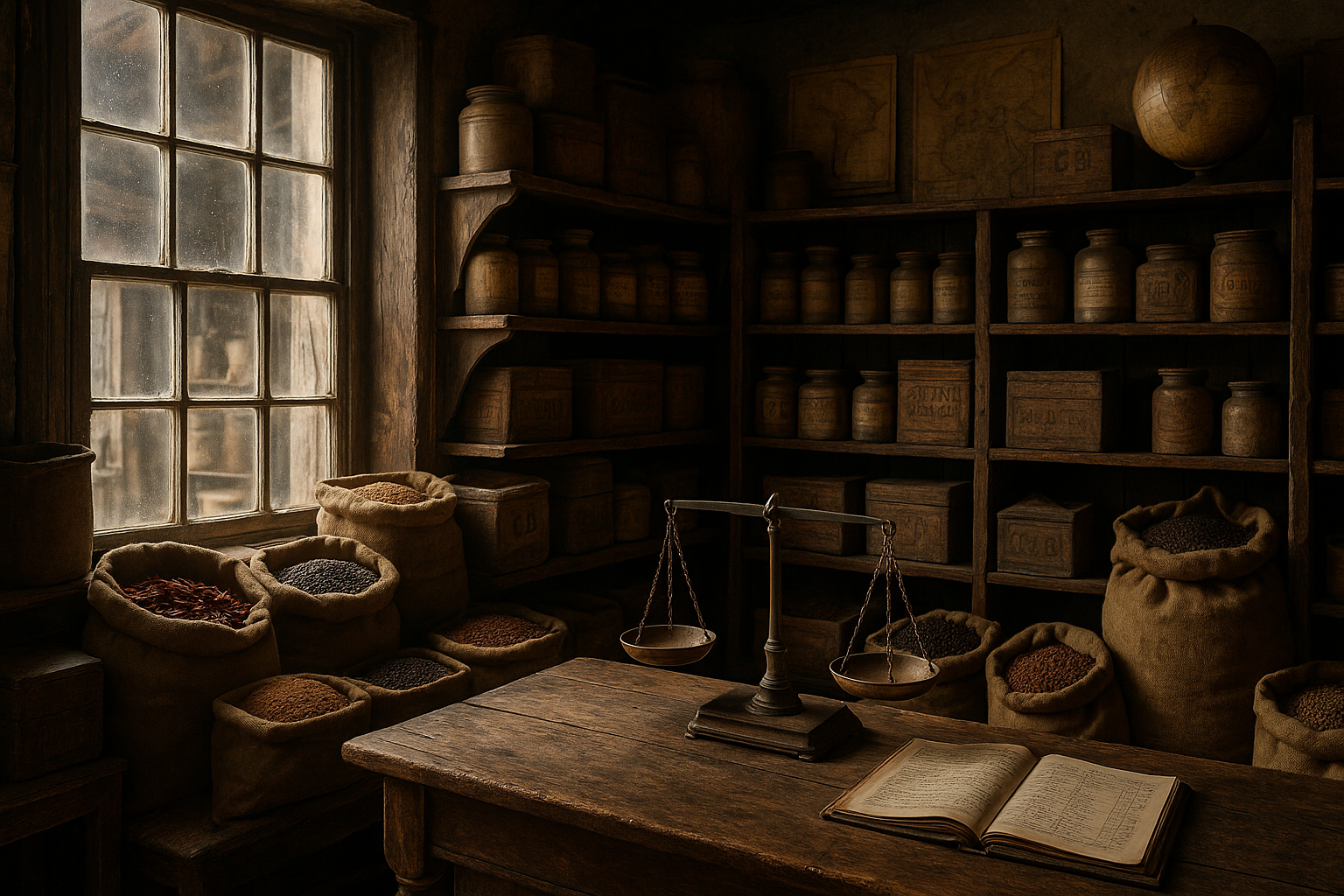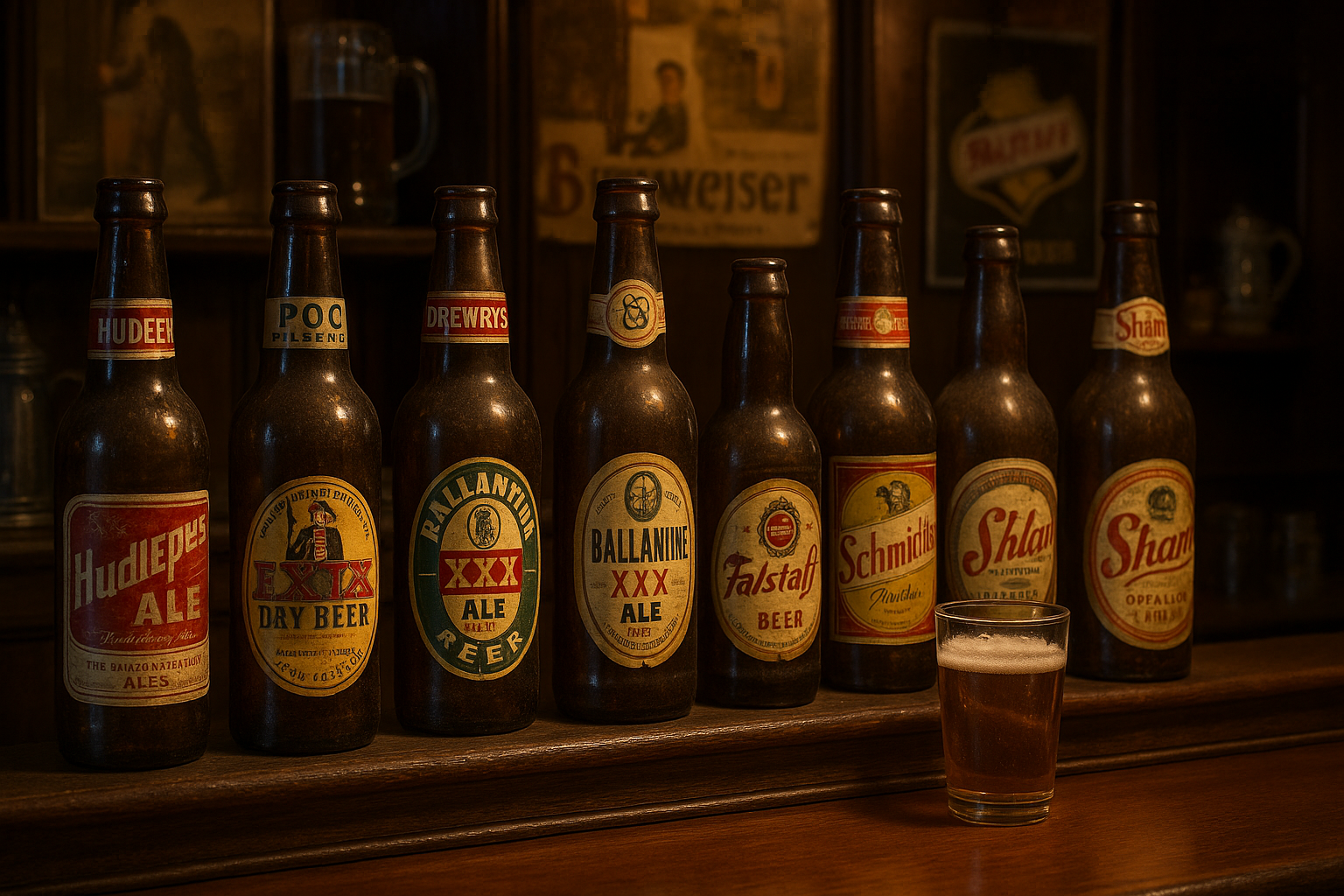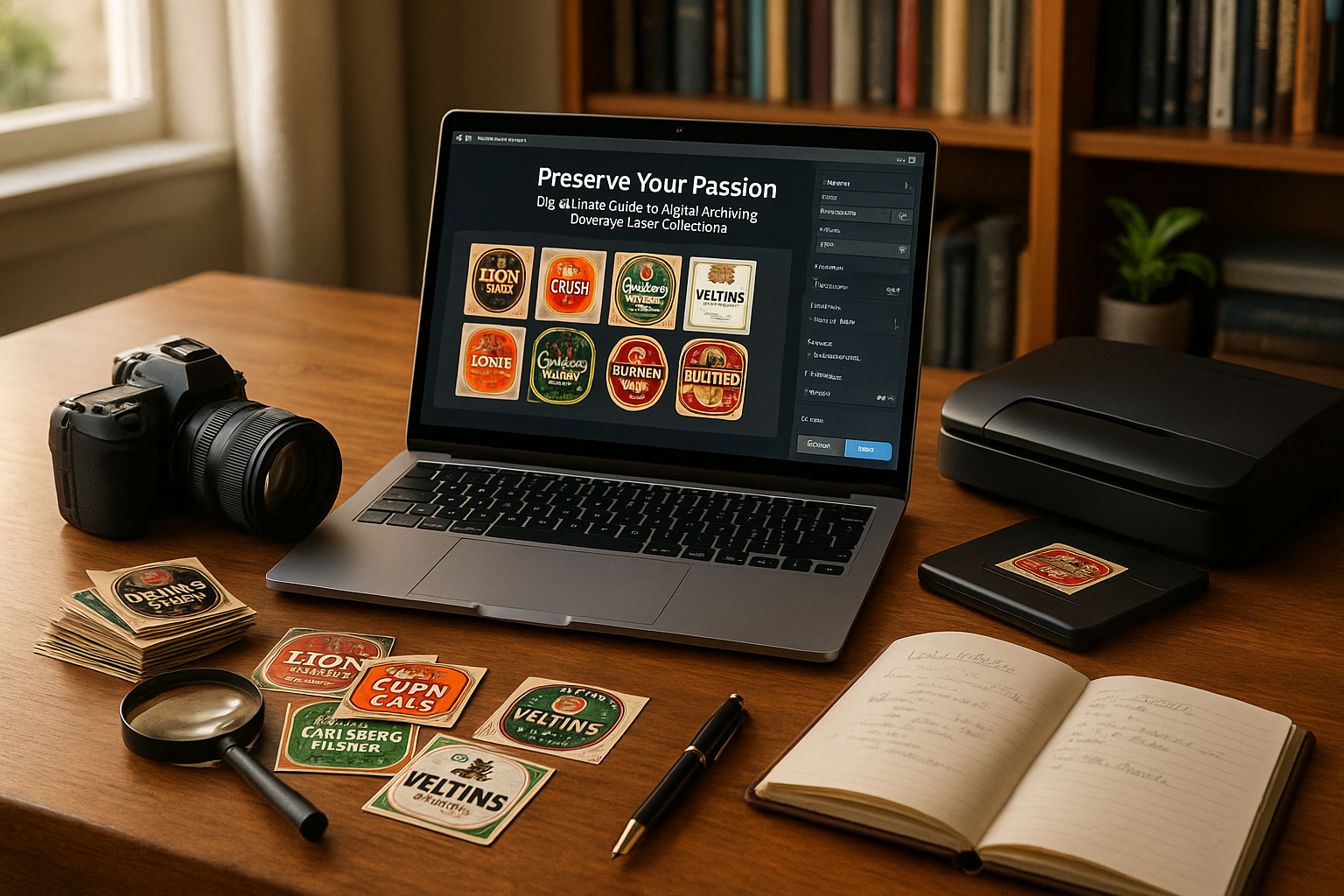In the bustling world of consumer goods, few products have seen as dramatic an evolution in design as energy drinks. From the bold, neon-colored cans of the early 2000s to the sleek, minimalist designs gracing today’s shelves, the visual journey of these caffeinated concoctions tells a fascinating story of changing consumer preferences and branding strategies. As we stand at the intersection of nostalgia and innovation, it’s worth pausing to appreciate how these shifts reflect broader trends in marketing and consumer behavior. How did we transition from garish, eye-popping aesthetics to the refined, subtle visuals that now characterize the industry? 🤔
In this article, we embark on an insightful exploration of energy drink design, contrasting the old with the new, and uncovering the underlying forces driving these changes. We’ll delve into the psychology of color and how it has been wielded to capture attention and convey messages of energy and vitality. From there, we’ll explore the role of typography and iconography in establishing brand identity, examining how fonts and symbols have evolved to align with shifting consumer values. Additionally, we’ll discuss the impact of sustainability and eco-consciousness on packaging choices, as brands increasingly strive to balance visual appeal with environmental responsibility. 🌿
Throughout this journey, we’ll also consider the cultural and societal factors that have influenced these transformations. From the rise of health and wellness trends to the growing importance of authenticity and transparency, energy drink designs serve as a visual microcosm of our times. By the end of this article, you’ll not only have a deeper appreciation for the art and science behind these ubiquitous cans but also a better understanding of the ever-evolving landscape of consumer branding. So, grab your favorite energy drink, settle in, and join us as we unravel the captivating tale of old versus new in the world of energy drink design. ⚡️
Introduction to Energy Drink Design Evolution
Energy drinks have been a staple in the beverage industry for decades, offering a quick boost of energy and focus for consumers worldwide. Over the years, the design of these drinks has evolved significantly, reflecting changes in consumer preferences, market trends, and advancements in marketing strategies. In this article, we will explore the transformation of energy drink designs, contrasting the traditional aesthetics with the modern, innovative approaches that dominate the market today.
The journey of energy drink design is not just a story of visual appeal but also a reflection of cultural and technological shifts. From the bold, simplistic designs of the early 2000s to the sleek, sophisticated packaging of today, each iteration of energy drink design tells a story of adaptation and reinvention. This evolution is crucial not only for capturing consumer attention but also for communicating brand identity and values in a competitive marketplace.
As we delve into the visual metamorphosis of energy drinks, we will examine the factors driving these changes, including consumer demographics, technological advancements in packaging, and the influence of digital marketing. Whether you are a design enthusiast, a marketing professional, or simply a curious consumer, this exploration offers valuable insights into the dynamic world of energy drink packaging.
Traditional Energy Drink Design: A Bold Start
The early designs of energy drinks were characterized by their bold and straightforward approach. In the late 1990s and early 2000s, the primary goal was to stand out on crowded shelves, and brands often achieved this through vibrant colors, aggressive typography, and minimalistic logos. The emphasis was on energy, speed, and power, with visual elements that conveyed a sense of urgency and intensity.
This era saw the rise of iconic brands like Red Bull and Monster, whose designs became synonymous with the energy drink category. Red Bull, with its distinctive blue and silver cans, and Monster, with its bold claw-like “M” logo, established a visual language that was instantly recognizable. These designs were not just about aesthetics; they communicated the core promise of the product – a quick and powerful boost of energy.
The success of these designs can be attributed to their ability to connect with the target demographic of young, active consumers seeking an edge in their daily lives. By aligning their visual identity with the high-octane lifestyles of their audience, these brands were able to create a loyal customer base and set the stage for future innovations in the category.
Key Elements of Traditional Designs
- Vibrant Colors: Bright, eye-catching colors were used to grab attention and convey energy.
- Aggressive Typography: Bold fonts communicated strength and power.
- Minimalistic Logos: Simple yet iconic logos ensured brand recognition and memorability.
Check out the video below for a nostalgic look at some of the most iconic traditional energy drink designs from the early days of the industry. Watch: Iconic Energy Drink Designs of the 2000s
Modern Energy Drink Design: A New Era of Innovation
As the energy drink market matured, so did the design strategies employed by brands. Today, energy drink designs have evolved to reflect a more nuanced understanding of consumer preferences and market dynamics. Modern designs prioritize aesthetics, functionality, and sustainability, appealing to a broader audience beyond just young thrill-seekers.
One of the most significant shifts in modern energy drink design is the move towards minimalism and sophistication. Gone are the days of overly aggressive visuals; today’s designs are sleek, with clean lines and subtle color palettes. This change reflects a broader trend in consumer preferences towards products that align with a lifestyle of health and wellness, rather than just raw energy and power.
Furthermore, modern energy drink designs often incorporate advanced packaging technologies, such as resealable cans and eco-friendly materials, to enhance the consumer experience and reduce environmental impact. Brands are increasingly aware of the importance of sustainability, and this is reflected in their choice of materials and design processes.
Innovative Features in Modern Designs
- Sleek Aesthetics: Clean, minimalistic designs with a focus on elegance and simplicity.
- Functional Packaging: Innovations like resealable cans and ergonomic shapes improve usability.
- Sustainable Materials: Use of recyclable and biodegradable materials to reduce environmental impact.
Explore the table below to compare the key differences between traditional and modern energy drink designs.
| Aspect | Traditional Design | Modern Design |
|---|---|---|
| Color Scheme | Vibrant, bold colors | Subtle, sophisticated palettes |
| Typography | Aggressive, bold fonts | Clean, minimalistic fonts |
| Packaging | Basic aluminum cans | Resealable and ergonomic designs |
| Sustainability | Limited focus on eco-friendliness | Emphasis on recyclable materials |
The Role of Digital Marketing in Design Evolution
Digital marketing has played a crucial role in shaping the evolution of energy drink designs. As consumers increasingly rely on digital channels for product discovery and purchase, brands have had to adapt their design strategies to align with digital marketing trends. This shift has led to the emergence of designs that are not only visually appealing but also optimized for digital consumption.
Social media platforms like Instagram and TikTok have become important marketing tools for energy drink brands. The visual nature of these platforms has pushed brands to create designs that are not only eye-catching but also shareable. This has led to the rise of limited edition designs and collaborations with influencers and artists, creating a sense of exclusivity and engagement.
Moreover, digital marketing has enabled brands to gather valuable consumer insights, allowing them to tailor their designs to meet the specific preferences and needs of their audience. Through data analytics, brands can track the performance of different design elements, such as color schemes and packaging formats, and make informed decisions to optimize their visual identity.
Digital Trends Influencing Design
- Visual Social Media: Platforms like Instagram drive the need for photogenic designs.
- Influencer Collaborations: Partnerships with influencers create unique, trendy designs.
- Data-Driven Insights: Consumer data guides design decisions and personalization.
For a deeper understanding of how digital marketing is influencing energy drink design, watch this insightful video on the role of social media in brand strategy: The Power of Social Media in Brand Evolution
Consumer Preferences and Their Impact on Design
Consumer preferences have always been a driving force behind design evolution, and the energy drink industry is no exception. As consumer tastes and priorities shift, brands must adapt their designs to stay relevant and appealing. In recent years, several key consumer trends have emerged, influencing the way energy drink designs are conceived and executed.
One such trend is the growing demand for transparency and authenticity. Modern consumers are more informed and discerning, seeking brands that align with their values and lifestyles. This has led to the rise of designs that emphasize transparency, with clear labeling and honest messaging that communicate the product’s benefits and ingredients.
Another important trend is the increasing focus on health and wellness. As consumers become more health-conscious, they seek products that offer functional benefits beyond just energy. This shift is reflected in designs that highlight natural ingredients, low sugar content, and additional health benefits, positioning energy drinks as part of a balanced lifestyle.
Consumer Trends Shaping Design
- Transparency: Designs that emphasize clear labeling and honest messaging.
- Health and Wellness: Visuals that highlight functional benefits and natural ingredients.
- Authenticity: Branding that aligns with consumer values and lifestyle.
For a visual comparison of consumer-driven designs, take a look at the table below that highlights how different consumer preferences have influenced energy drink packaging.
| Consumer Preference | Design Influence |
|---|---|
| Transparency | Clear labeling, simple graphics |
| Health and Wellness | Natural imagery, health claims |
| Authenticity | Personalized branding, storytelling |
In conclusion, the evolution of energy drink design is a testament to the industry’s ability to adapt and innovate in response to changing consumer preferences and market dynamics. As brands continue to explore new design possibilities, they not only enhance their visual appeal but also strengthen their connection with consumers in an increasingly competitive landscape.

Conclusion: A New Era in Energy Drink Design
As we conclude our exploration of the transformation in energy drink designs, it’s important to reflect on the journey we’ve embarked on through this analysis. The evolution from old to new energy drink packaging is not merely a superficial change, but rather a reflection of broader shifts in consumer preferences, market dynamics, and branding strategies.
Throughout this article, we have delved into the historical context of energy drink designs, starting from the bold and brash aesthetics of the early 2000s, characterized by neon colors and aggressive typography, to the sleek, minimalist, and eco-conscious designs of today. This transformation is emblematic of a larger trend across industries where sustainability and consumer health consciousness have taken center stage. The design evolution highlights a shift from focusing solely on the ‘energy’ aspect to encompassing wellness and lifestyle as key selling points.
We’ve examined how brands like Red Bull, Monster, and newer players have adapted their visual identities to align with these trends. Red Bull, with its iconic blue and silver can, has managed to maintain brand consistency while subtly refining its design to appear more modern and sophisticated. Monster, on the other hand, has diversified its product line with designs that cater to various consumer segments, from extreme sports enthusiasts to health-conscious individuals. The entry of new brands has further stirred innovation, bringing fresh perspectives and challenging established norms.
The impact of these design changes extends beyond aesthetics. As consumers become more environmentally conscious, packaging sustainability has become a critical factor in purchasing decisions. Brands are increasingly adopting recyclable materials and reducing packaging waste, aligning their products with the values of the modern consumer. This shift not only aids in reducing the ecological footprint but also enhances brand image and loyalty.
In terms of marketing, the visual appeal of energy drinks plays a pivotal role in attracting consumers in a competitive market. The strategic use of colors, typography, and imagery can significantly influence consumer perceptions and brand recall. Today’s designs often incorporate elements that resonate with a digital-savvy audience, making them more shareable on social media platforms. This digital compatibility has become crucial as brands aim to create viral content and engage with consumers in new and innovative ways.
Moreover, the evolution in design is reflective of a deeper narrative—the human desire for change and adaptation. As our lifestyles evolve, so do our needs and expectations. Energy drink brands have demonstrated an ability to adapt to these changes, ensuring their products remain relevant and appealing. This agility is essential in an era where trends shift rapidly and consumer preferences are more diverse than ever.
The importance of design in the energy drink industry cannot be overstated. It serves as a powerful tool for communication, conveying brand values, and creating emotional connections with consumers. A well-executed design can differentiate a product in a crowded market, making it memorable and desirable.
As we look to the future, the evolution of energy drink designs will likely continue, driven by technological advancements, consumer insights, and environmental considerations. Brands will need to remain vigilant, embracing innovation and sustainability while staying true to their core identity.
In conclusion, the transformation of energy drink designs is a testament to the dynamic nature of consumer markets and the ever-evolving landscape of branding. By understanding and embracing these changes, brands can not only survive but thrive in a competitive environment.
We encourage you to reflect on the insights shared in this article and consider how they might apply to your own industry or personal endeavors. Whether you’re a marketer, a designer, or a consumer, there are valuable lessons to be learned from the energy drink industry’s ability to adapt and innovate.
Feel inspired to share this article with colleagues or friends who might find it insightful. Leave your thoughts and comments below—your perspective enriches the conversation and could inspire future innovations. Let’s continue this dialogue and explore how design can shape the products and experiences of tomorrow. 🌟
For further reading on the latest trends in packaging design, check out these active resources:
– The Dieline: Packaging Design & Innovation
– Packaging Digest: Trends in Packaging
References to the content of this article were based on the current insights available from these credible sources, providing a foundation for the discussion on the evolution of energy drink designs.
Toni Santos is a visual poet and botanical dreamweaver, archiving the ephemeral beauty of dreams through nature’s delicate language.
In his artistic universe, every petal, vine, and root becomes a memory—an echo from the subconscious—preserved in time like pages from an ethereal journal. Toni treats plants not just as living beings, but as dream-symbols: vessels of forgotten feelings, silent wishes, and secret stories waiting to unfold.
His work is rooted in the belief that nature holds the vocabulary of dreams. Through botanical compositions, symbolic floral creations, and enchanted visual studies, he gives form to the unseen — the moment between sleep and wakefulness, where memory fades and imagination begins.
As the visionary behind Vizovex, Toni curates collections that feel like fragments of a dreamscape: moss-filled glass jars, mythic flowers, ancient botanical symbols reimagined. These creations invite you to explore your inner worlds and reawaken your sense of wonder.
His work is a tribute to:
The dreamlike language of plants and natural symbols.
The quiet messages found in forgotten moments.
The art of recording the soul’s memories in organic form.
Whether you’re a seeker of meaning, a lover of myth, or someone who drifts between the symbolic and the real, Toni welcomes you to explore an archive of dreams — one petal, one relic, one timeless whisper at a time





